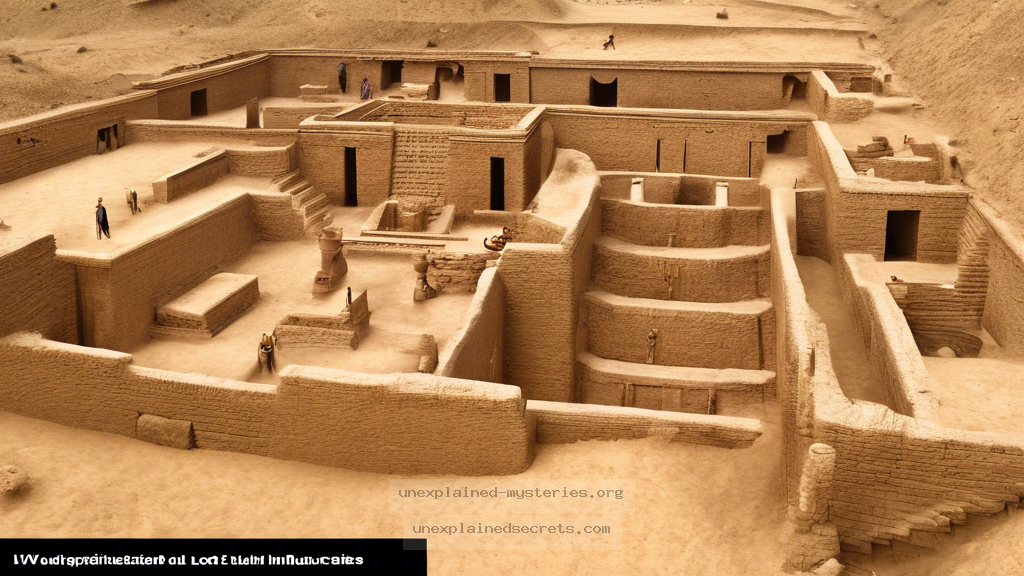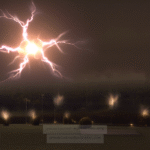What Happened to the Lost Civilization of the Indus Valley?
What Happened to the Lost Civilization of the Indus Valley?
The Indus Valley Civilization (IVC), one of the world’s earliest urban cultures, flourished around 2500 BCE in what is now Pakistan and northwest India. Despite its advancements, this remarkable society mysteriously declined and was abandoned by 1500 BCE. Understanding what happened to the Indus Valley Civilization is crucial, not only for historians and archaeologists but also for anyone fascinated by the rise and fall of ancient societies. This question matters because the IVC’s disappearance raises fundamental inquiries about human resilience, adaptation, and the consequences of environmental and social changes.
Historical Context of the Indus Valley Civilization
The Indus Valley Civilization was known for its sophisticated urban planning, elaborate drainage systems, and impressive architecture. Cities like Harappa and Mohenjo-Daro were meticulously constructed with grid layouts and standardized fired brick. The civilization is estimated to have supported a population of over five million people at its peak, engaging in agriculture, trade, and crafts. The script used by the Indus people remains undeciphered, adding to the enigma surrounding their culture and eventual decline. The civilization thrived in a fertile region, benefitting from the monsoons that provided ample water for agriculture.
Theories Behind the Decline
Several theories have been proposed to explain the decline of the Indus Valley Civilization, each with varying degrees of support from archaeological evidence:
- Climate Change: One prevalent theory suggests that changes in climate, specifically a shift towards arid conditions, led to reduced agricultural productivity. This would have forced populations to migrate in search of more sustainable environments.
- Natural Disasters: Earthquakes or floods may have devastated urban centers, disrupting trade and leading to a collapse in social structures.
- Invasions: Some historians theorize that invasions by Indo-Aryan tribes contributed to the civilization’s decline, though concrete evidence for this remains elusive.
- Trade Disruptions: The civilization was part of extensive trade networks, and any disruption in these routes could have led to economic decline, causing the society to unravel.
Archaeological Evidence of Environmental Changes
Recent archaeological studies have provided insights into potential environmental factors that may have influenced the decline. Sediment core samples from the region suggest significant changes in monsoon patterns around 2000 BCE, correlating with the timeframe of the civilization’s decline. Research indicates that the shift towards drier conditions could have drastically affected agriculture, leading to food shortages and societal stress.
Urban Planning and Infrastructure
The sophisticated urban planning of the Indus Valley Civilization played a crucial role in its success. Cities were built with advanced drainage systems, public baths, and standardized weights and measures, indicating a high level of organization and administration. However, as resources became scarcer, maintaining such infrastructure might have become impractical. The decline of trade networks could have further exacerbated these issues, limiting the availability of materials needed for urban upkeep.
Comparative Analysis with Other Lost Civilizations
The decline of the Indus Valley Civilization can be compared to other lost civilizations such as the Maya and the Ancestral Puebloans of North America. Each faced unique challenges leading to their decline, yet there are striking parallels:
| Civilization | Factors Leading to Decline | Time Period |
|---|---|---|
| Indus Valley | Climate change, trade disruption, potential invasions | 2500-1500 BCE |
| Maya | Deforestation, drought, warfare | 250-900 CE |
| Ancestral Puebloans | Drought, resource depletion | 900-1300 CE |
Alternative Perspectives on the Decline
Not all scholars agree on the reasons behind the decline of the Indus Valley Civilization. Some propose that rather than a sudden collapse, the civilization underwent a gradual transformation, possibly integrating into surrounding cultures rather than disappearing entirely. This perspective suggests that remnants of the Indus culture may have influenced subsequent societies, contributing to the cultural tapestry of South Asia. The lack of evidence for violent conflict or invasion supports this theory, as many archaeological sites show continuity of habitation, albeit with different cultural artifacts.
Common Misconceptions About the Indus Valley Civilization
There are several misconceptions about the Indus Valley Civilization that deserve clarification:
- Misconception 1: The Indus Valley Civilization was a singular, homogenous entity.
In reality, it was a network of cities and cultures with regional variations. - Misconception 2: The civilization abruptly disappeared.
Evidence suggests it may have transitioned into new cultural forms. - Misconception 3: The Indus people were primitive.
Their technological advancements in urban planning and irrigation systems were highly sophisticated.
Best Practices for Investigating Lost Civilizations
For those interested in studying lost civilizations like the Indus Valley, here are some best practices to consider:
- Engage with Multidisciplinary Approaches: Combine archaeology, anthropology, environmental science, and history to gain a well-rounded understanding.
- Utilize Modern Technology: Employ techniques like ground-penetrating radar and satellite imagery to uncover hidden sites and structures.
- Collaborate Internationally: Work with local scholars and communities to ensure respectful and inclusive research practices.
Future Developments and Ongoing Research
The study of the Indus Valley Civilization is far from complete. Ongoing excavations and advancements in technology are continually reshaping our understanding of this ancient culture. For instance, recent DNA analysis of ancient remains has started to shed light on the genetic makeup of the IVC people, revealing connections to modern populations. Additionally, interdisciplinary research focusing on climate changes and their impact on ancient societies is an emerging field that holds promise for understanding the IVC’s decline.
Conclusion: The Enduring Mystery of the Indus Valley Civilization
The question of what happened to the Indus Valley Civilization remains a captivating mystery, underscored by a complex interplay of environmental, social, and cultural factors. While theories abound, the truth may be more nuanced, reflecting a gradual evolution rather than a simple decline. As research continues and new evidence emerges, our understanding of this ancient civilization will undoubtedly deepen. The Indus Valley reminds us that the stories of our ancestors are often more intricate than we can imagine, urging us to explore and learn from the mysteries of the past.
Other Articles
Recent Posts
- What Happened to Flight MH370? The Conspiracy Theories That Still Haunt Us
- What Secrets Lurk Within the Walls of the Infamous Trans-Allegheny Lunatic Asylum?
- What Evidence Supports the Existence of Bigfoot in the Pacific Northwest?
- What Happened to the Indus Valley Civilization? Unraveling the Mysteries of Ancient Urban Life
- Can Telepathy Be Scientifically Proven Through Laboratory Evidence?







